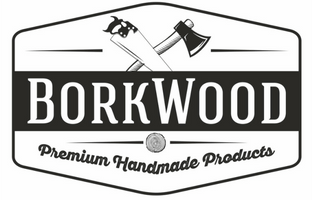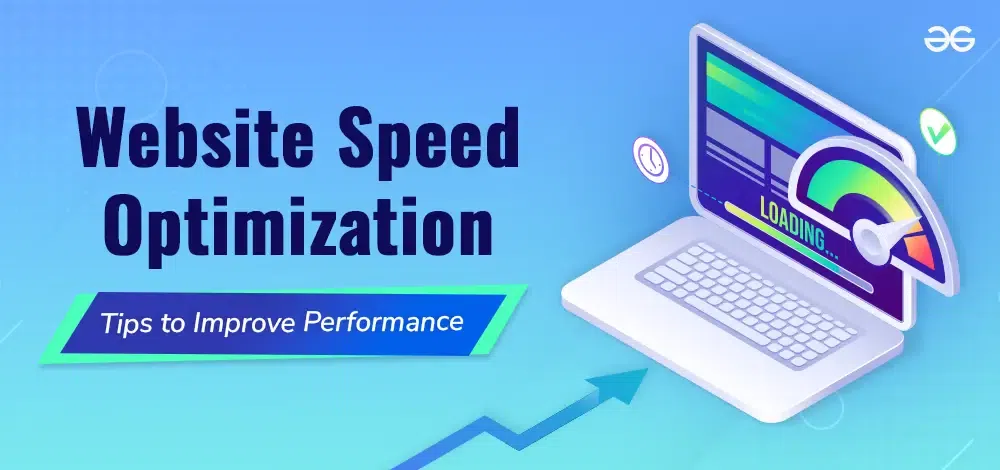12 Strategies to Optimize Your Website for Speed and Performance
We live in a digitally driven world where everyone is in a hurry. All professional designers and web developers Chicago know that speed is essential.
Users expect web pages to load swiftly, and search engines like Google prioritize fast-loading sites
Therefore optimizing your website for speed and performance remains crucial for user experiences and SEO
Understanding and implementing these strategies will make your website a valuable asset. Speaking of assets here are a couple of proven techniques to boost website performance and enhance optimization.
Understanding Why Website Speed Matters
Before we dig deeper into website speed strategies, let’s unveil the truth of why site speed matters.
It might help if we mention why slow websites are bad for businesses and website owners:
Low search engine rankings: Google prioritizes fast-loading sites.
Reduced conversions: Slow sites often frustrate users, which automatically leads to fewer leads and sales.
Bad brand reputation: A frustrating experience can further damage your company’s or brand’s reputation.
Higher bounce rates: Users are more likely to leave sites that take too long to load and stress them out.
12 Web Speed Optimization Strategies
Here’s a breakdown of strategies that enhance your web’s performance and speed:
Minify CSS, JavaScript, and HTML
Rely on tools like UglifyJS, CSSNano, and HTMLMinifier to automate the minification process. These tools reduce file sizes, which leads to faster loading times a bonus.
Also, you should eliminate all unnecessary characters like spaces, line breaks, and comments from your codes.
Optimize Images
Resize images to match the dimensions in which they will be displayed. Also, avoid using large images that the browser has to scale down.
Use appropriate image formats like WebP if supported, JPEG for photographs, and PNG for graphics.
Lastly, using tools like TinyPNG, ImageOptim, and Photoshop can reduce image file sizes without losing quality.
Utilize Server-Side Caching
You should consider using multiple caching layers, such as NGINX Direct Delivery for static content, Dynamic Cache for dynamic content, and Memcached for database queries.
Implement server-side caching to store static files and website elements on the server. This reduces the load time on the server and speeds up delivery to users.
Rely on Browser Caching
Configure appropriate expiration dates for cached resources to ensure browsers know how to store them long.
Enable browser caching to store static resources like images, JavaScrip files on other users’ devices, and stylesheets. This allows visitors to return and load these resources from their local cache without re-downloading them.
This tactic significantly improves page load times.
Use a Content Delivery Network CDN
First off, a CDN is a network of geographically distributed servers that deliver web content to users based on their location. This greatly reduces the load on the server, and it also speeds up the delivery to users.
Moreover, you should choose a reliable CDN provider and configure your website to serve static assets CSS, images, and JavaScript through the CDN.
Optimize Your Code
Remove or even uninstall libraries and plugins you don’t need or use anymore. Also, make sure your website’s code is clean, minimized, and well-organized beforehand.
Lastly, streamline your code to reduce its size.
Implement Lazy Loading
Defer the loading of non-critical resources like videos and images until they are about to appear on the screen. This will improve the initial page load time, especially for long pages within lots of media.
For WordPress sites, use plugins like Speed Optimizer to enable lazy loading for below-the-fold elements.
Defer Parsing of JavaScript
Move your JavaScript files from the <head> section of your HTML to the bottom, just before the closing </body> tag. This allows other content to load before the JavaScript files are executed.
Also, you should use asynchronous loading for CSS and JavaScript files to allow multiple files to load simultaneously.
Enable Compression
Use compression strategies like Gzip to reduce the size of your CSS, HTML, and JavaScript files.
Reduce Redirects and API Calls
You should eliminate unnecessary redirects as each triggers an additional HTTP request slows down your page loading speed.
The main point is to reduce API calls like AJAX whenever possible.
Choose The Latest PHP Version
It’s crucial to stay up-to-date with the most current PHP version since newer versions often come with performance improvements, which is an additional bonus.
Design Mobile-First
With the increasing prevalence of mobile users and traffic coming in from smartphones, you should design your website with mobile users as one of your top priorities.
What Are Some Tips For Speed Testing?
Here are some tips you can use to test your speed:
WebPage Test provides a detailed performance report.
GTmetrix is another widespread tool for analyzing website speed and performance.
Google PageSpeed Insights is a well-known analysis of your website’s speed. You can even get recommendations for improvements.
Final Thoughts
Optimizing your web page for performance and speed is an ongoing process, but the rewards you get from them are worth all the effort.
Implementing the strategies in this guide will improve user experience, drive conversions, and boost your website’s SEO performance.






